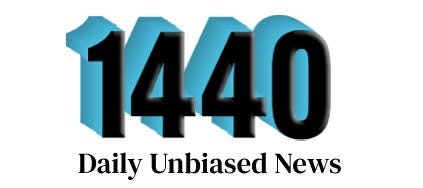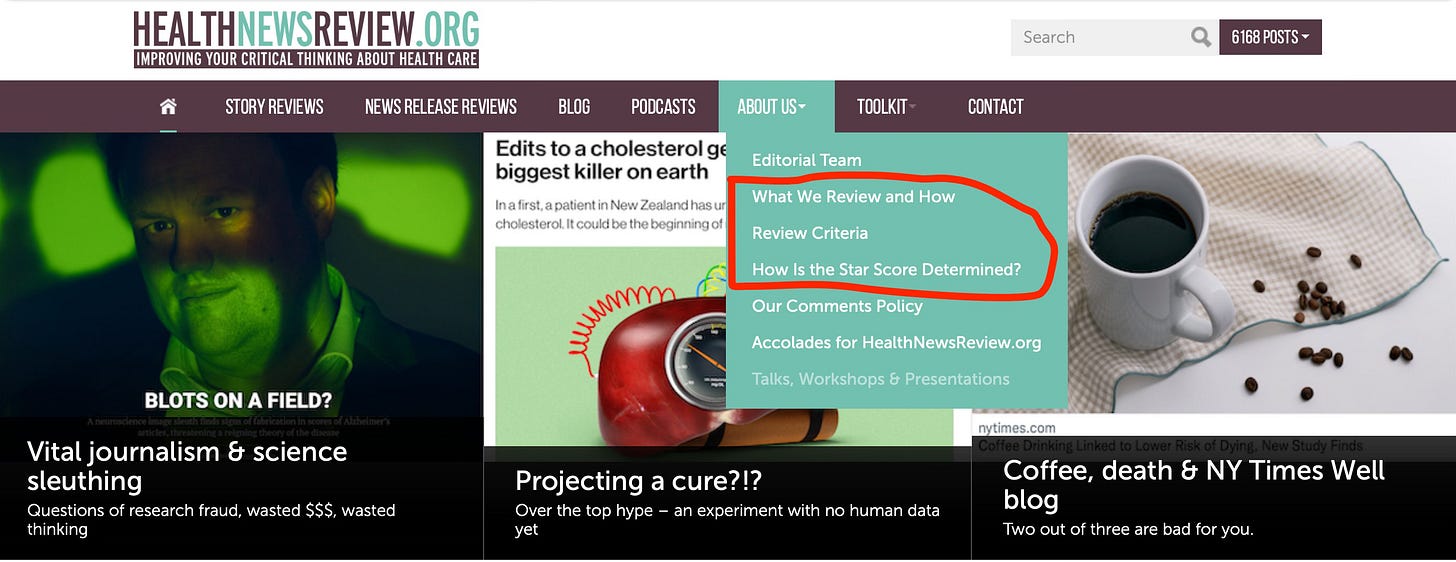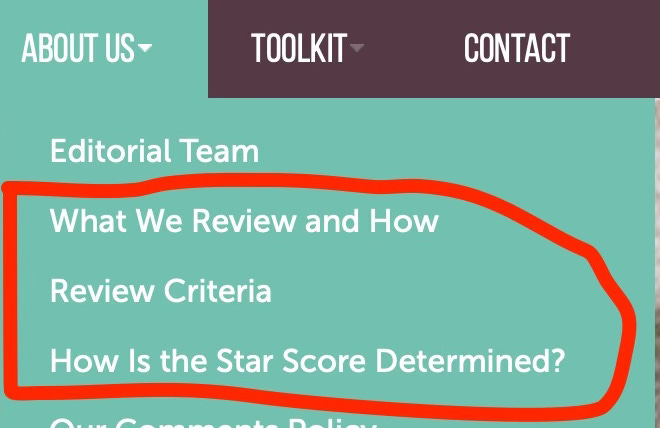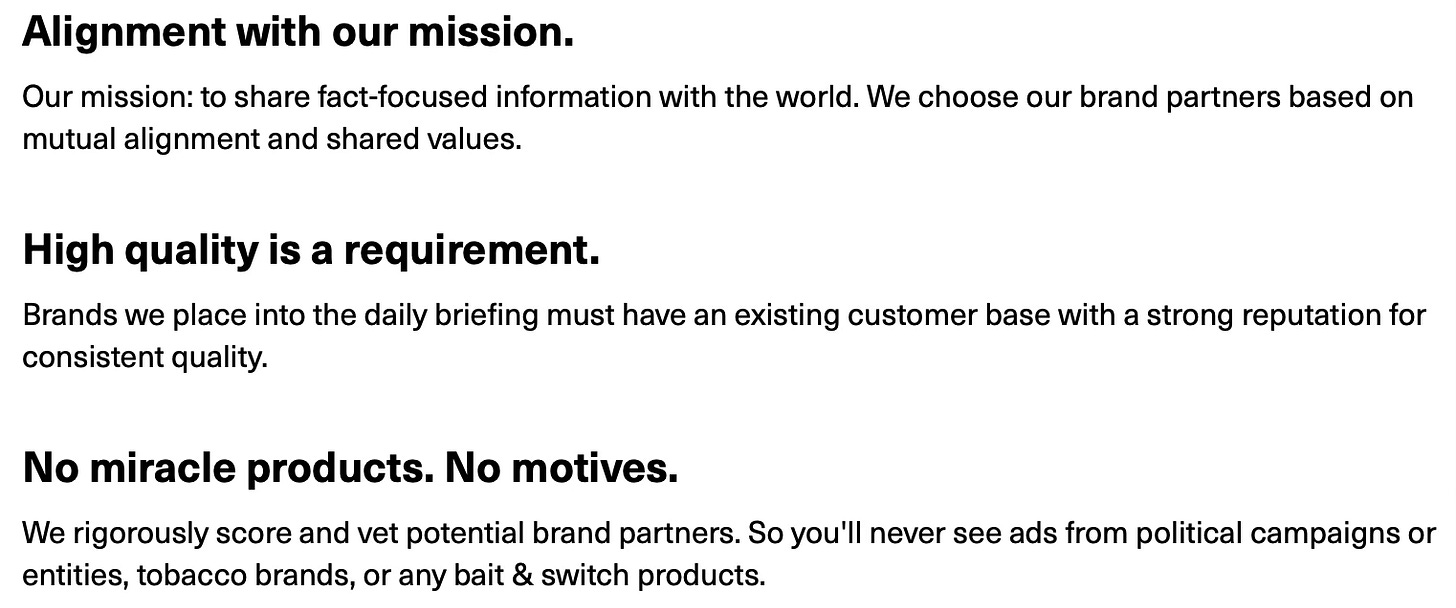A friend recently asked my opinion of the 1440 newsletter, which claims to have four million “intellectually curious” subscribers. It doesn’t say how many unintellectual uncurious subscribers it has.
Why the name 1440? They explain:
The printing press was invented around the year 1440, spreading knowledge to the masses and changing the course of history.
In every day, there are 1,440 minutes. We're here to make each one count.
What is it? Here’s a self-description:
On a mission to fix distrust in the media, 1440's team of editors, experts, and analysts scour hundreds of sources across science, culture, politics and business to deliver an impartial report on the day's news so readers can be more informed. Designed to be read in under five minutes, 1440 aims to serve the vast majority of Americans who are exhausted by the constant barrage of agenda-driven coverage.
At the close of 2024, the newsletter claimed it had “been a great year”:
• We sent more than 1 billion emails.
• Readers opened more than 600 million times.
• ... and clicked over 140 million links.
• We were named the No. 1 fastest-growing company headquartered in Chicago.
• ... and the 79th fastest-growing company in America.
Unbiased?
1440 has used the slogan: “All of the news, none of the bias.”
At the outset, you should question a claim of no bias. We all have biases. Journalists must recognize that and strive to ensure that their biases do not influence their work. In examining 1440, Snopes.com wrote:
Whether someone or something can be truly "unbiased" is a long-standing argument in journalism.
It does not appear that there is any original reporting done by the 1440 team. They like to say that they curate, which is to say they look at what other websites have published and then write a short summary based on what the others have written, and post a link back to the source. Snopes.com wrote:
(One of the founders) explained that 1440's editorial team looks at dozens of these articles on a topic before making a subjective assessment on which links to direct readers to in the newsletter.
The use of the word subjective brings up an interesting point, however, because it is the exact opposite of the general public's expectation for journalists to be unbiased and objective.
1440’s published editorial standards state that:
We don't waste your time with speculative or opinion-based stories. …We will never cover a news story…based on what a person is thinking.
But I found numerous links to source stories that clearly included opinions. For example:
The January 31 newsletter included links to an MSNBC story on Senate confirmation hearings as the source. And that link takes you to many opinionated lines such as these from an MSNBC Opinion Writer/Editor:
“I have real doubts on that front…”
“It’s not very convincing…”
“Patel doesn’t seem to understand how grand juries work…”
“I was looking forward to when the committee got its newest minority member, Sen. Adam Schiff, D-Calif., and he did not disappoint.”
This seems to be in clear conflict with 1440’s stated editorial standards.
Who works there? What is their process?
It is also not clear who the editorial decision-makers are each day. You can find the names of founders and owners. But I couldn’t find the names of the “team of editors, experts, and analysts” - the editorial team, such as it is, on the 1440 website. Nor could I find any information about their editorial process. Aggregators can be helpful, but it’s important to know why they aggregate what they aggregate.
How do they choose what to curate? What criteria are used to include or exclude? There’s a huge world of web information so how in that world do they decide?
Who makes the choices? What are the backgrounds of these people? It is simple to claim that the work is unbiased when the editorial team is not identified and the editorial process is described only vaguely.
When curating - borrowing and re-posting what others have written on other sites - do 1440 staffers look into potential biases in the sources from which they borrow?
i could find nothing on the site to answer these questions. And it’s important that such questions be addressed - for all to see - right on the 1440 website.
For 16 years (2006-2022) I published HealthNewsReview.org - a site that reviewed the quality of stories and news releases that included claims about health care interventions. At our peak we had 50 contributors. Bios of contributors, along with an explanation that all contributors signed an industry-independent disclosure agreement, were public on the site. (Thanks to the Internet Archive Wayback Machine for the ability to look back at the site.) Whenever a review or a blog post was published, the reviewers’ or writers’ bylines were posted. This was just good basic, sound, fundamental journalistic and web publishing practice. I don’t see it from 1440. Furthermore, we explained how we did what we did - in great detail - with links from the About Us section visible on every single page on the site. That’s not bragging. It’s just pointing to what’s expected from a news site.
Sponsors/Advertising
Our policy on advertising or sponsor messages was much tougher than almost anyone in the business - something we were very proud of. We didn’t accept any. None. Nada. Never. I’ve always looked closely at how news sites manage advertising. 1440’s policy is of a type that really bothers me. Every day, messages from sponsors/advertisers appear right in the middle of the editorial content with only the smallest font - much smaller than the body copy font - disclosing:
In partnership with (sponsor’s name)
and
Please support our sponsors!
Sorry to make you squint. That’s how small the font looks on the daily 1440 emails. Easy to miss. Hard to overlook once you’ve seen it. Here are some of the sponsor messages I’ve seen:
A powdered colostrum product that “strengthened immunity and gut health, revved metabolism and much more”
A product to “help restore collagen levels for cartilage support, joint relief, and skin and nail health”
A product to “hydrate your body the right way”
“Kickstart your morning with the ultimate breakfast upgrade.”
A supplement “to slow aging and meaningfully protect long-term health, including metabolic, heart and liver health”
“A clinically proven longevity supplement replaces aging mitochondria and helps to rebuild new ones.”
Not all of their sponsors tout health claims. But when health claims are made, my scrutiny rises to a whole different category than for messages on new smartphones or credit cards or car insurance - some of the other products promoted by sponsors. 1440 lists their “partner standards” below. Let’s see if 1440 applied those standards to the health claims above.
Who did the fact-checking on these sponsor messages - in line with the mission of “fact-focused information”? What deliberations went into the choice of these “brand partners based on mutual alignment and shared values”? How was each sponsor’s “strong reputation for consistent quality” determined? No miracle products? Did 1440 staff actually read the sponsors’ claims? How does 1440 “rigorously score and vet potential brand partners”? The standards ring hollow without more published details to answer these questions.
Need for transparency
The News Literacy Project published “Five Steps for Vetting A News Source.” One of them is “check for transparency.” Excerpt (highlights added):
Quality news sources should be transparent, not only about their reporting practices, but also about their ownership and funding. Is it clear who owns and runs this website or publication? Is advertising labeled responsibly? Can you tell who is writing and producing content? Is there a way to contact newsroom editors and reporters? Remember: “About” pages can provide some of these details, but they can also be misleading and omit important information.
1440 should have made clear that the story on January 29 about a cannabis study was not from a journalism source but from a University of Colorado medical center media relations person writing about University of Colorado researchers.
Ditto for a January 28 science story on how tiny algae shaped the evolution of giant clams. This was actually written by a University of Colorado Boulder strategic relations and communications department staffer about research in her university. (Two U of Colorado stories in two days; does some 1440 staffer have friends there?)
University PR people must love seeing their media relations/strategic relations work show up as news for free publicity. I found many such examples on 1440. University PR people are paid to put their faculty’s research in the best light possible. That’s not the job of journalism.
Some of the main criticisms I have for 1440 could be addressed fairly easily by greater transparency. As already demonstrated, I don’t think that advertising is labeled responsibly. No, we can’t tell who is writing and producing content or even choosing the content. There’s no way to contact editorial staff because they’re not listed on the “About Us” page. And, yes, I think the “About Us” page does omit important information. Republishing university PR work without labeling it as such is not sound journalistic practice.
The Society of Professional Journalists code of ethics includes these clauses relevant to my critique:
Journalists should:
Explain ethical choices and processes to audiences. Encourage a civil dialogue with the public about journalistic practices, coverage and news content.
Distinguish news from advertising and shun hybrids that blur the lines between the two. Prominently label sponsored content. (My note: see the font size shown in the Sponsors/Advertising section above. Prominently labeled?)
With an eye on the health-related content on 1440, I point to an excerpt from The Association of Health Care Journalists statement of principles:
While brevity and immediacy are touchstones of news reporting, health and medical reporting must include sufficient context, background and perspective to be understandable and useful to audiences/readers. Stories that fail to explain how new results or other announcements fit within the broader body of evidence do not serve the interests of the public.
Brevity is usually the enemy of sound health/medical reporting.
Take a little more time
1440 boasts that “We scour 100+ sources so you don’t have to. Culture, science, sports, politics, business and more—all in a five-minute read.” One of the founders said, “We try to go an inch deep and a mile wide.”
For a five-minute read, who judged that these stories were among the most important to include for that day’s five-minute read?
How people stay warm in igloos. (January 13)
How often should you wash your towels? (January 16)
Why we don't remember all our dreams. (January 28)
Chicago couple builds 10-foot-high backyard igloo. (January 28)
Baby names on the brink of extinction. (January 30)
Trader Joe's unveils annual list of customer favorites. (January 30)
It’s OK for a news site to mix in some light fluffy features. But 1440 is the one that set the bar of scouring 100+ sources to find “the most impactful stories of the day.” Did these examples qualify as most impactful? It may require only a five-minute read to scan these one-line summaries. But to click on any of these already boosts you above the five-minute mark. Or does 1440 not expect anyone to click on any of the links? Just stay “an inch deep and a mile wide”?
One area where it appears that 1440 is trying to go more than an inch deep is in publishing “1440 Topics” sections on their website. I see sections for health and medicine, business and finance, science and technology, society and culture and world history. I went to the health and medicine topic page and found an odd collection of stuff. As happens throughout the site, all links point back to the work of other websites. It appears that 1440 is still building this section. They call what’s there “an early preview,” but that shows only these topics for now:
Alzheimer’s
Blood
Diabetes
Dreams
Gut Microbiome
Insomnia
LSD
Stem Cells
Why were these first? Nothing on cardiovascular disease - America’s leading killer. Nothing on cancer. Nothing on nutrition and supplements - topic of so many of their ads (see above).
Often, web publishers hold off on going public with embryonic or even beta sites until they’re fleshed out and more complete. What’s the rush? Take your time and roll it out when it’s ready. The disorganization of the 1440 Topics sections right now is striking.
Besides employing better transparency, 1440 should take a little more time to review what they say they’re delivering to ensure that’s what’s happening. I wish them luck. It could be so much more than what it is right now.










Nice. I learned a lot from your explanation.